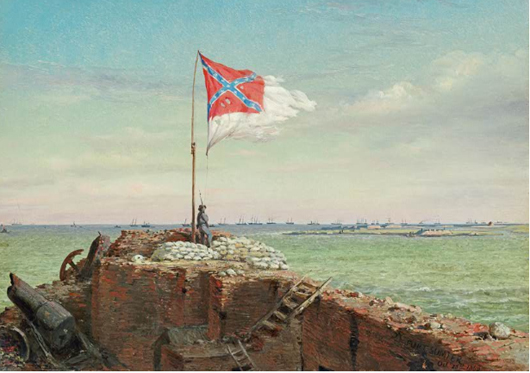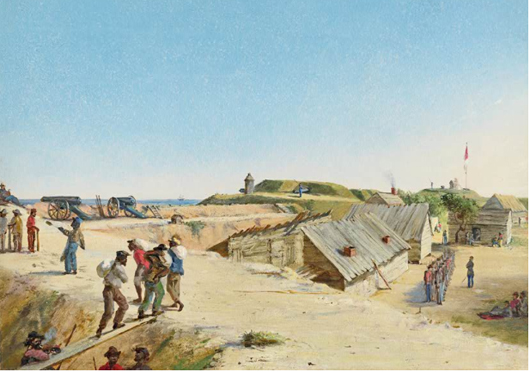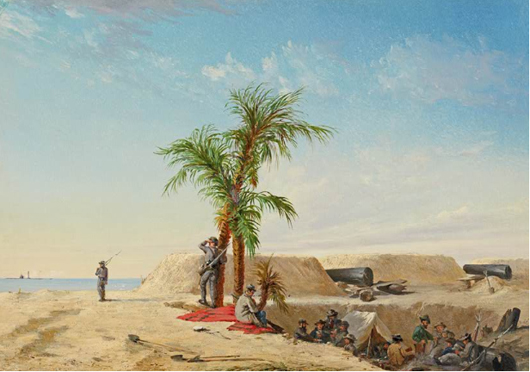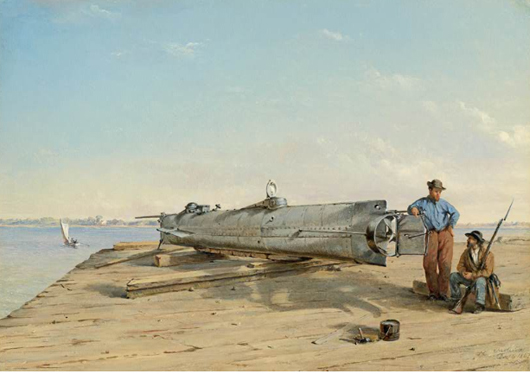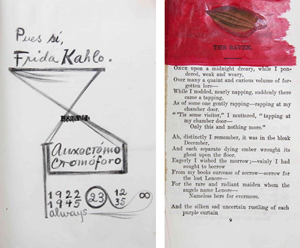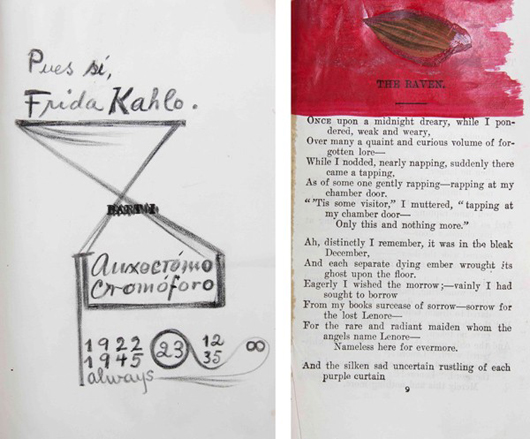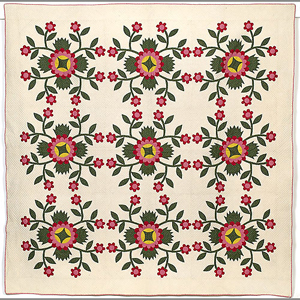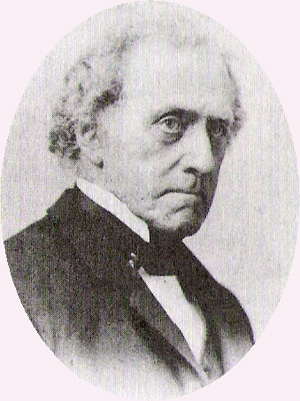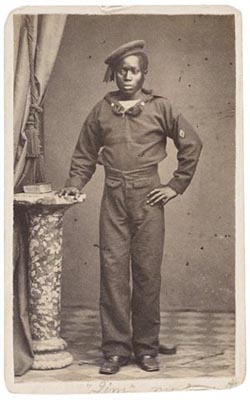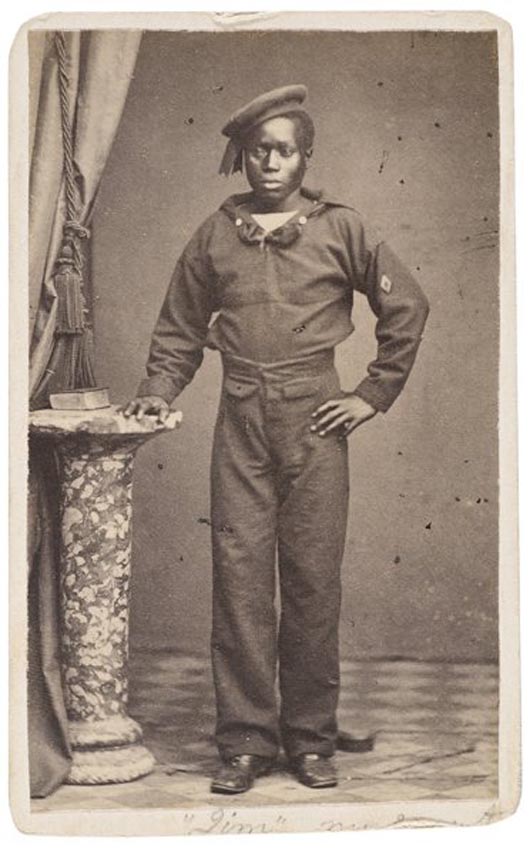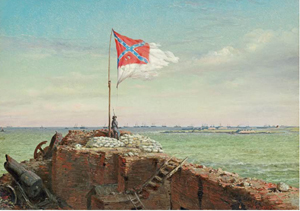
CHARLESTON, S.C. (AP) – Rarely displayed paintings of Charleston during the Civil War by a Confederate soldier, including an iconic rendering of the submarine H.L. Hunley, are being made available this week on the Internet by The Museum of the Confederacy.
The museum in Richmond, Va., has uploaded to its website all 31 paintings by Conrad Wise Chapman, an American artist who grew up in Italy and later served with the Confederate Army.
Launching the site culminates a decade-long, $25,000 effort to conserve the paintings and make them available to a wider audience of Civil War buffs and scholars.
Chapman was stationed in Charleston in 1863 and early 1864. He sketched Fort Sumter, where the war began in 1861, as well as batteries around the city held by the South until just before the war ended in 1865.
Perhaps the most famous painting is of the submarine H.L. Hunley. The Chapman rendering was done in December, 1863, about two months before the hand-cranked sub sank the Union blockade ship Housatonic to become the first sub in history to sink an enemy warship.
The Hunley never returned from its mission and was raised with the remains of its crew of eight off Charleston in 2000. It is being preserved at a conservation lab in North Charleston.
The website features comments Chapman wrote about each painting. He notes in one comment dated 1898, about a decade before his death, that the Hunley sank twice before its mission against the Housatonic.
“After this had happened the second time, someone painted on it the word ‘Coffin,'” Chapman recounted. “There was just room enough in it for eight men, one in front of the other, with no possibility of anyone sitting straight. The third time it started out, it never came back…”
Chapman took his sketches back to Rome, where he turned them into a series of paintings he called his “Journal of the Siege of Charleston.” His father, John Gadsby Chapman, who taught his son painting, painted six of the 31 sketches.
“Conrad Wise Chapman had been born in Washington, DC and when he was very young his family moved to Italy,” said Cathy Wright, the museum’s conservator. “He had only a genealogical connection to the American South but when the war broke out he felt so strongly he did want to come and join the Confederate Army.”
In 1864, Chapman asked to leave the army and return to Italy where his mother was purportedly ill.
“Historians are not really sure she was sick or using this as an excuse to get him out of there,” Wright said. “Of course, many other soldiers were asking to go home and we don’t know if he got special consideration or not but a close family friend was the former governor of Virginia.”
His mother did not die until some years later.
Chapman never returned as a Confederate soldier. The paintings were later bought by a prominent Richmond family, then sold to the parent organization of the museum around 1900.
The paintings, all rather small at 10 by 12 inches, were on display at the museum for years when it was housed in the old Confederate White House through the 1970s. But in recent years they have not been displayed as a group.
In February, the museum completed a 10-year, $20,000 conservation of the paintings. Digitalizing them for the web cost another $5,000 paid for by the museum as well as organizations in both Virginia and South Carolina.
The series of originals was displayed this spring at the Gibbes Museum of Art in Charleston to commemorate the 150th anniversary of the start of the war.
Visitors to the website will see the paintings more clearly than if they view them in person, said Sam Craghead, a spokesman for the Museum of the Confederacy. He said they can zoom in so closely they can see brush strokes.
The paintings are important both as art and as history, Wright said.
“On an artistic level they are certainly very lovely but what is interesting for historians is Chapman is one of the only artists who created these pieces during the war and from seeing these things himself. Many newspaper artists were getting second hand descriptions and accounts and did their best guess at what happened. Chapman is out in the field.”
___
Online: The Museum of the Confederacy: www.moc.org/site/PageServer
Copyright 2011 Associated Press. All rights reserved. This material may not be published, broadcast, rewritten, or redistributed.
# # #
ADDITIONAL IMAGES OF NOTE
